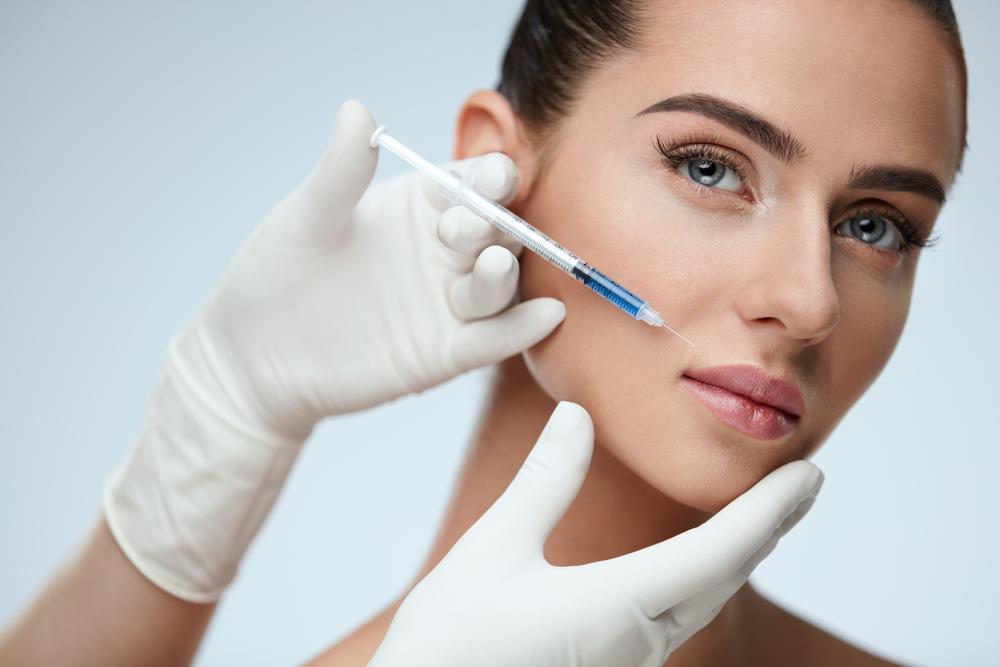
The Long-Term Effects of Anti-Wrinkle Treatments and How to Maintain Results
Introduction
In the bustling city of Melbourne, where beauty trends evolve rapidly, the quest for youthful skin remains ever-present. Anti-wrinkle treatments have become a cornerstone in the pursuit of smooth, radiant skin. However, understanding their long-term effects and ensuring sustained results is crucial for informed decision-making. Let’s delve into the nuances of anti-wrinkle treatments in melbourne and uncover strategies to preserve their benefits.
Types and Categories of Anti-Wrinkle Treatments
Non-Invasive Treatments
- Botox Injections: Popular for reducing dynamic wrinkles caused by muscle movement.
- Dermal Fillers: Used to add volume and smooth out wrinkles.
- Laser Treatments: Stimulate collagen production and improve skin texture.
- Chemical Peels: Remove the outer layer of skin, promoting new skin growth.
Minimally Invasive Treatments
- Microneedling: Involves tiny needles that stimulate collagen production.
- Radiofrequency Therapy: Uses energy waves to heat the deep layer of the skin, promoting collagen production.
Surgical Treatments
- Facelifts: Provide the most dramatic and long-lasting results by removing excess skin and tightening underlying tissues.
- Brow Lifts: Specifically target the forehead and eyebrow area to reduce wrinkles and sagging skin.
Symptoms and Signs Addressed by Treatments
Common Wrinkles Treated
- Forehead Lines: Horizontal lines that appear on the forehead.
- Crow’s Feet: Lines around the outer corners of the eyes.
- Frown Lines: Vertical lines between the eyebrows.
- Nasolabial Folds: Lines running from the nose to the mouth.
Signs of Aging
- Loss of Skin Elasticity: Treatments aim to restore firmness and elasticity.
- Volume Loss: Fillers are used to restore lost volume in areas like cheeks and lips.
- Skin Texture: Treatments improve rough or uneven skin texture.
Causes and Risk Factors of Wrinkles
Biological Factors
- Aging: The natural aging process leads to the breakdown of collagen and elastin.
- Genetics: Family history can influence skin aging and wrinkle formation.
Environmental Factors
- Sun Exposure: UV rays damage skin cells and accelerate aging.
- Pollution: Environmental pollutants can contribute to skin aging and wrinkles.
Lifestyle Factors
- Smoking: Reduces blood flow to the skin, accelerating aging.
- Diet: Poor nutrition can affect skin health and accelerate wrinkle formation.
Diagnosis and Tests for Wrinkle Treatment
Skin Analysis
- Visual Examination: Dermatologists assess skin condition and wrinkle severity.
- Digital Imaging: Advanced imaging techniques provide detailed analysis of skin texture and underlying structures.
Allergy Tests
- Patch Tests: Ensure that patients do not have allergic reactions to treatment substances like Botox or fillers.
Treatment Options for Wrinkles
Non-Surgical Treatments
- Botox: Temporarily paralyzes muscles to reduce dynamic wrinkles.
- Dermal Fillers: Plump the skin to reduce static wrinkles and restore volume.
- Laser Resurfacing: Improves skin texture and stimulates collagen production.
- Chemical Peels: Promote skin renewal by removing damaged outer layers.
Surgical Treatments
- Facelifts: Offer significant and long-lasting results by tightening skin and underlying tissues.
- Brow Lifts: Specifically target the forehead area to reduce sagging and wrinkles.
Frequently Asked Questions
Q1: How soon can I see results after anti-wrinkle treatments?
Results typically become noticeable within 3 to 7 days, with full effects manifesting within 2 weeks.
Q2: Are there any side effects associated with anti-wrinkle treatments?
Common side effects may include temporary redness, bruising, or mild swelling at the injection site, which usually resolve within a few days.
Q3: Can anti-wrinkle treatments be combined with other cosmetic procedures?
Yes, anti-wrinkle treatments are often complemented by procedures such as chemical peels or laser resurfacing for comprehensive rejuvenation.
Q4: How long do the effects of anti-wrinkle treatments last?
Results typically endure for 3 to 6 months, depending on the type of treatment and individual factors such as metabolism and muscle activity.
Q5: Can I resume normal activities immediately after treatment?
Yes, most individuals can resume their daily activities immediately post-treatment, with minimal downtime.
Q6: Are anti-wrinkle treatments suitable for all skin types?
Yes, anti-wrinkle treatments are generally safe and effective for various skin types, but a consultation with a qualified practitioner is recommended to assess suitability.
Conclusion
Navigating the realm of anti-wrinkle treatments in Melbourne requires a blend of informed decision-making and proactive skincare clinic practices. By understanding the long-term effects and adopting tailored maintenance strategies, you can prolong the youthful radiance bestowed by these treatments.
